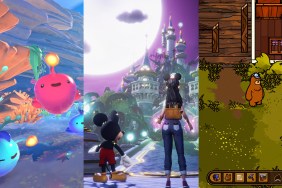Dreams made me sympathize with the plight of the game developer. Despite Media Molecule providing me with an exhaustive number of tutorials, each guiding me with baby steps through its incredible creation suite, I was still left desperately trying to get a ball to roll in the direction I wanted it to.
Initially confronted by its impeccably accessible toolset and still feeling like I’d never get to grips with it, Dreams requires patience and practice in order to get the most out of it. While there are certainly community-created games you can pick up and play, mastering its creation tools is where the persistent will spend most of their time, and there really is nothing else quite like it.
Dreams PS4 Review | Where to even start?!
There is so much to do in Dreams that experiencing it for the first time is daunting. Unlike Media Molecule’s LittleBigPlanet, which was a platformer at its heart with a robust creative mode attached to it, Dreams‘ treasure trove of tools is its main offering. So much so that it’s difficult to know where to begin.
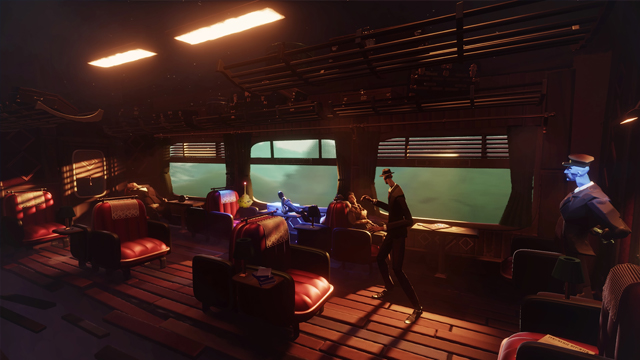
The natural starting point is Art’s Dream, which loosely serves as Dreams‘ story mode. Consisting of three intertwined stories, each with different gameplay styles, Art’s Dream acts as a short showcase of what can be achieved using the game’s creative tools.
The first is a platformer with two interchangeable characters, both boasting their own abilities that must be used to progress. The second is a point-and-click adventure, complete with musical interludes. The third is another platforming section, with the nimble robot D-Bug possessing the ability to light up his surroundings to solve simple puzzles.
Art’s Dream largely takes place in the titular Art’s imagination, a struggling musician coming to terms with past trauma. It’s a surprisingly heavy topic for Media Molecule to tackle considering the tweeness of the studio’s previous output, and is also hilariously contrasted by what Dreams‘ community is creating using its tools.
Dreams PS4 Review | Memes and remakes
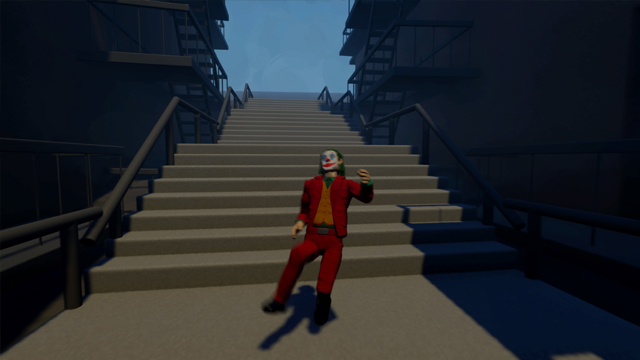
A huge portion of Dreams‘ community content is essentially fan art. Scroll through its menus and you’ll see a barrage of homages to classic games, TV shows, and films, all of wildly varying degrees of quality. I’ve walked through an impeccable recreation of P.T.‘s corridors. I’ve swung through a janky reenactment of Insomniac’s Spider-Man. I’ve played through a scene depicting Undertale‘s Sans committing tax fraud. It’s no great surprise that Media Molecule has provided such a huge amount of options for players to express themselves, and the end result is a stream of memes.
At the moment, Dreams is stuffed with bizarre oddities or ambitious concepts that have yet to be fully realized. There are fragments of great ideas littered throughout — an engrossing combat system here, an inventive puzzle there — but it’s still very much a work-in-progress.
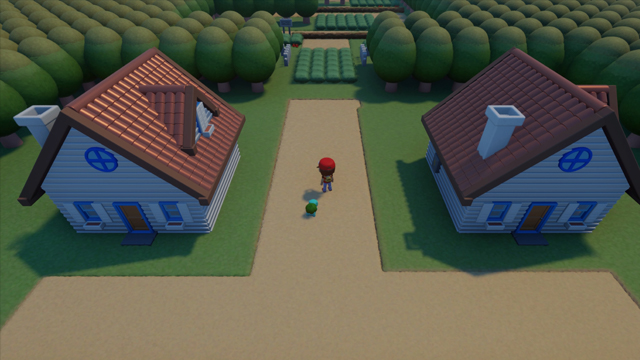
And that’s an issue many will likely have with Dreams — it’s going to be a work-in-progress for as long as its community remains active. Its tools may eventually be used to create incredible and inspiring games, or we may continue seeing its menus littered with ‘Family Guy‘s Peter visits Bikini Bottom’ or a reenactment of Joaquin Phoenix’s dance from The Joker. But all the tools are there if players want to use them in the way that Media Molecule probably wants you to use them, i.e. not creating a giant model of Handsome Squidward.
Dreams PS4 Review | Creative urges
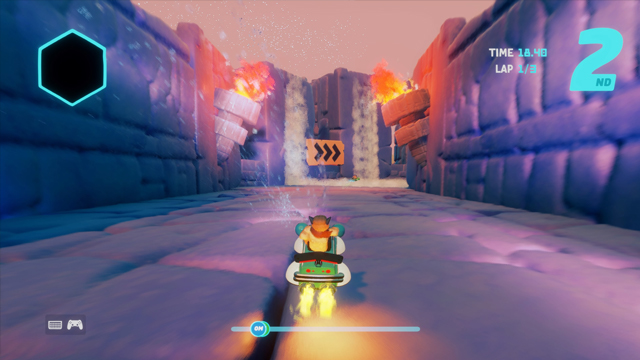
But judging Dreams on what its community is using it for in these early stages would be a disservice to its potential. The intuitiveness of its ‘Dream Shaping’ mode opens up so many possibilities to those who want to get their grand idea out there, utilizing nothing more than the PS4 controller to create sprawling games based on an infinite number of concepts.
I spent an inordinate amount of time getting lost in my own custom boss level, in which I pit the player-character against a t-rex in a fight among some ancient ruins. Starting from scratch, Dreams still allows you to import other creations from across the ‘Dreamiverse,’ whether that’s Media Molecule’s own designs or designs from other players. This allowed me to bring in a t-rex that I could then modify, along with sculptures and foliage from one of the developer’s own starter packs.
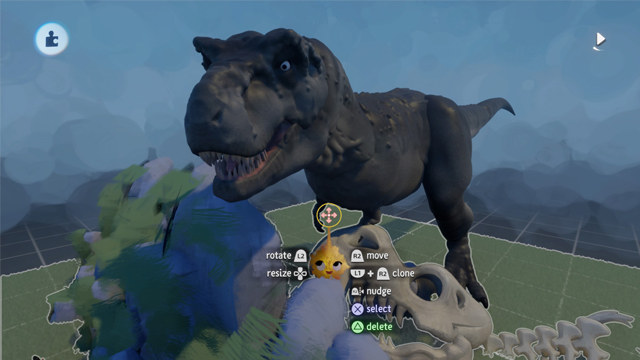
Everything in Dreams can be customized, so I could transform every detail of my level to an obsessive degree. Game design typically requires a team of sleep-deprived developers hunched over computers, but here I was controlling moving platforms, changing the shade of the sky, and animating my t-rex’s useless baby arms swiftly and easily.
There are so many details that can be altered and tinkered with that some of Dreams‘ most impressive creations are just objects that you can observe in a gallery. Speaking with other players, the level that has most commonly been brought up is its recreation of a full English breakfast. It’s so convincing that you can almost smell the bacon and feel the hangover that clearly preceded it, with everything from the light hitting the salt and pepper shakers to the singes atop the grilled tomato making it appear nigh-on photorealistic.

Dreams PS4 Review | Final verdict
There really is nothing else quite like Dreams. Super Mario Maker may make you feel like Nintendo for a few hours, while LittleBigPlanet will let you create a ramshackle platformer or two, but Dreams will grant you the opportunity to create virtually anything you set your mind to. From RPGs to puzzles, to sports games and first-person shooters, this is an endlessly imaginative toy box to open up and play with.

As long as you go in with the mindset that Dreams‘ community creations are still being developed by those figuring out its array of tools, you stand to be floored by the sheer scale of what’s on offer. If you’re drawn in by the possibility of bringing your game idea to life, no matter how elaborate it may be, then this is simply a must-play.
-
There's simply nothing else like it.
-
A huge collection of creation tools.
-
A wealth of tutorials ensure for every possible problem.
-
Always something new to play with.
-
Some community-created games are truly impressive...
-
...though there are too many meme games and remakes.
-
Art's Dream is interesting, but a lengthier story mode would've been nice.








